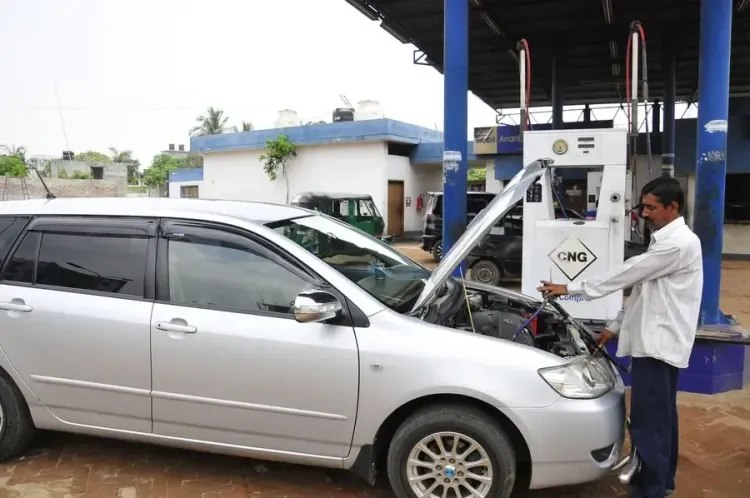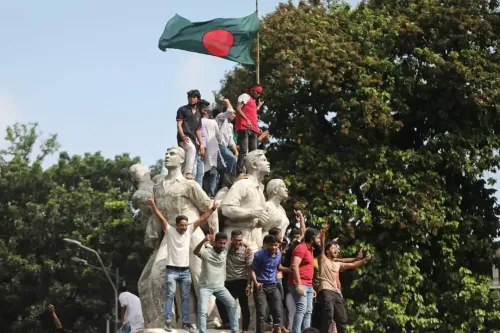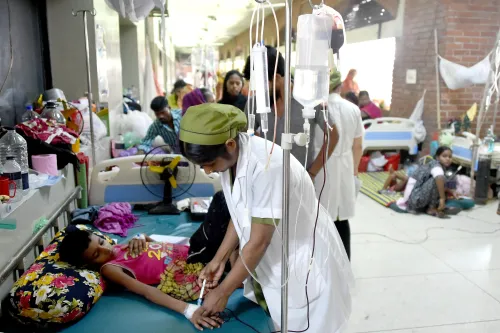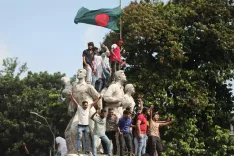How Is the Gas Crisis Impacting Bangladesh?

Synopsis
Key Takeaways
- Severe gas shortages impacting daily fuel supply.
- Long queues at CNG filling stations.
- Drivers receiving less than half their tank capacity.
- Government redirecting gas for electricity production.
- Daily gas production has significantly decreased.
Dhaka, April 30 (NationPress) The ongoing gas supply disruptions across Bangladesh have severely impacted both commercial and industrial users, including CNG-operated auto rickshaws and personal vehicles. Drivers have reported facing challenges with their tanks being less than half full, despite enduring lengthy waits for refueling, local news sources noted on Wednesday.
Over the past month, extensive lines of vehicles have been spotted outside CNG filling stations in various locations throughout the capital, Dhaka, such as Moghbazar, Mohakhali, and Rampura.
Station operators have indicated that this crisis has resulted in considerable financial losses, as they are unable to meet even half of the gas demand, despite the compressors being operational, reported bdnews24.
"The queue of vehicles extends for half a kilometer. Even so, many drivers are turning back. There’s nothing we can do now; the gas supply in the lines is insufficient," commented a worker at a CNG filling station.
"Currently, we are facing a severe gas crisis. We spend hours waiting in line at filling stations, wasting valuable time. My car can hold gas worth Bangladeshi Taka 300, yet I can only get gas worth Tk 100-120. This situation has caused me significant inconvenience," shared a local driver.
In a related note, an official from the Bangladesh Oil, Gas and Mineral Corporation (Petrobangla) explained that the interim government, led by Muhammad Yunus, has redirected gas supplies to power plants due to increased electricity demands, resulting in shortages for industrial and commercial outlets such as CNG filling stations.
The prominent newspaper, Prothom Alo, revealed that Bangladesh previously produced 2.7 billion (270 crore) cubic feet of gas daily, but this figure has now plummeted to just 1.84 billion (184 crore) cubic feet.
Power Advisor Fouzul Kabir Khan remarked that since the interim government is in power for a "short term," it is challenging for them to address these "long-standing crises."









